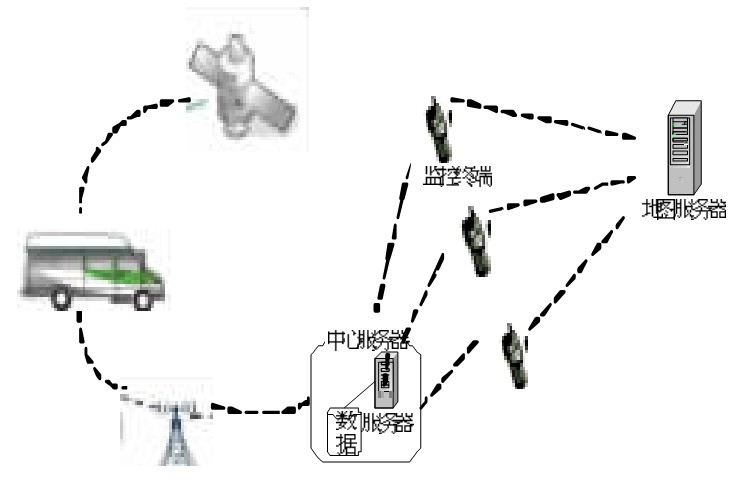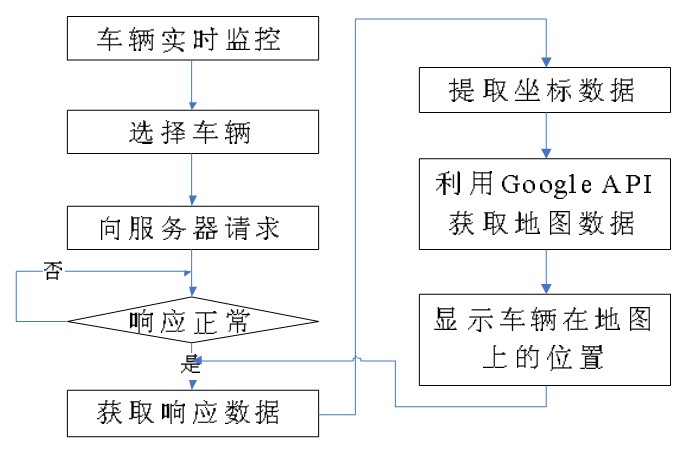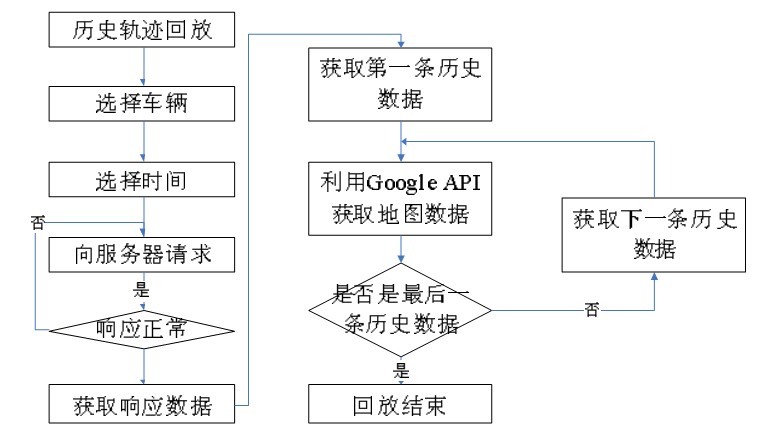1 Overview
This article refers to the address: http://
With the full deployment of 3G services in China, the performance of smartphones and the rising user base, the powerful application service capabilities of the Internet are extended to the terminals, providing information services for users anytime and anywhere is an inevitable trend of social information development. GIS technology has also evolved from traditional stand-alone applications to Internet-based applications. With the rapid development of smart phones, the smart phone platform will become a new application platform for GIS technology Internet applications.
2 Android
Android is a Linux kernel-based operating system. It was a mobile operating system announced by Google on November 5, 2007. It was developed by Google earlier and later by the Open Handset Alliance. It adopts the architecture of software STack (also known as software stack), which is mainly divided into three parts. The underlying Linux kernel only provides basic functionality; other applications are developed by companies themselves, and some programs are written in Java. At present, the Android SDK has released version 2.2. Compared with the previous version, it has greatly improved and improved both in function and in the execution speed of the application.
3 Overall architecture of the vehicle monitoring and management platform
The vehicle monitoring system is composed of four parts: the vehicle terminal, the data center, the monitoring terminal and the map server. The vehicle terminal transmits the collected GPS positioning information and vehicle status information to the data center through the GPRS network, and the data center saves the information and forwards the information to the monitoring terminal. After the monitoring terminal obtains the information, the display information is displayed in combination with the map information provided by the map server. The display monitors the current state of the vehicle and issues instructions to the vehicle terminal. (see picture 1)

Figure 1 In-vehicle monitoring management system architecture
3.1 Vehicle terminal
The vehicle terminal is mainly composed of a GPS signal receiving module, a data processing module and a GPRS module. The GPS signal module mainly receives the GPS signal from the positioning satellite, and the data processing module collects the GPS signal of the GPS signal module and periodically transmits the GPS positioning data to the background monitoring center through the GPRS module to realize real-time monitoring.
3.2 Data Center
The data center includes a central database and a data communication service. The central database stores GPS data and other data; the data communication service is based on the C/S mode. The main function is to maintain the connection between the vehicle terminal, the monitoring terminal and the data center, and to undertake the bridge between the vehicle terminal data and the monitoring terminal data.
3.3 Monitoring terminal
The monitoring terminal connects to the data center server by using the monitoring management system on the smart phone (Android smart phone), receives the data from the vehicle terminal, and sends a control command. The monitoring management platform is a C/S mode application, providing users with a map-based monitoring and management platform, including vehicle back-office management and vehicle monitoring system. The main functions of the vehicle monitoring system include electronic map service and real-time vehicle monitoring and tracking. , vehicle history track playback, vehicle fence service, alarm processing module, etc. See Section 4 for specific design.
3.4 Map Server
The map server in this system refers to the map server provided by Google. The monitoring terminal directly accesses the map server by using the Google API plug-in provided in the Google Android system, providing an electronic map for monitoring the user's needs, and providing intuitive visual geographic information for the user's monitoring.
4 Android-based monitoring management system design
Android-based monitoring management mainly includes monitoring and management. Management is the management of vehicle-related information, including basic driver information, basic vehicle information, vehicle records, alarm records, etc.; monitoring is to monitor the vehicle by means of electronic maps. Functions include real-time tracking of vehicle position and vehicle history track playback. , vehicle fence setting, alarm information processing, etc. The following focuses on the discussion of map-based vehicle monitoring design.
4.1 Google API Plugin
The Google API Plugin is an extension of the Android SDK development environment that makes it easy for Android apps to access Google services and data. The core function of the plugin is a map external library that allows you to add powerful map functionality to your Android app.
4.2 Real-time monitoring of vehicles
The user monitors the location of the vehicle in real time on an electronic map. This system uses the Google API plug-in on Android to call the map server raster image data for map display. (See Figure 2.) The user wants to monitor the vehicle in real time and display its vehicle location information on the map. First, the user needs to select the vehicle and initiate a real-time monitoring request to the server. After receiving the positioning information sent back by the vehicle terminal, the central server forwards the positioning information to the monitoring terminal. Once you get the location information, get the relevant map of the current location through the Google API plugin and present it to the user. The whole process is the result of the collaborative work of the central server and the Google Maps server, effectively integrating distributed network resources.

Figure 2 Vehicle real-time monitoring process
4.3 Historical track playback
The historical trackback is to reproduce the driving situation of the vehicle for a certain period of time, and it has been expressed in the form of points and lines on the map. The monitoring system first needs to initiate a request to the central server to request historical data for a certain period of time. After receiving the request, the central server queries the database for historical data of the vehicle during this period of time, and sends it to the monitoring terminal. The monitoring terminal then calls the plugin to obtain map information for display. (See Figure 3.) Here, the historical data sent back by the central server may not be all the data of the vehicle terminal for a certain period of time. During a certain period of time, the vehicle may stay at a certain location or move in a smaller area. At this time, it is not necessary for the monitoring terminal to display all the data of this section. It is only necessary to display these points as a position. That is, when the historical track is played back, the vehicle terminal stays at a certain position of the electronic map for a long time, giving the user the illusion of "dead", which improves the user's intuitive feeling and reduces the data transmission between the central server and the monitoring terminal. .

Figure 3 Historical track playback process
It is worth noting that when there is too much historical data, the monitoring terminal needs a long transmission time when receiving data. In order to avoid excessive waiting by the user, the central data server can send the data in batches and send the data to the monitoring side. Display data in an asynchronous manner to improve system efficiency.
Conclusion
This paper implements the design of vehicle monitoring management system based on Android smartphone platform, which provides a flexible and fast solution for vehicle monitoring and decision making. Monitoring systems like this are currently widely used in various industries. As the application deepens and the integration technology develops, it will have a greater impact on people's lives.
references
[1] Gao Bo. Research and application of mobile communication technology based on J2ME [D]. Master's thesis of Shenyang University of Technology, 2006.
[2] Zhang Shicheng. Application development and research based on Google Android platform [J]. Computer knowledge and technology. 2009.
Countertop Electric Oven,Pizza Baking Oven,Fast Cooking Ovens,Electrical Round Oven
xunda science&technology group co.ltd , https://www.gasstove.be